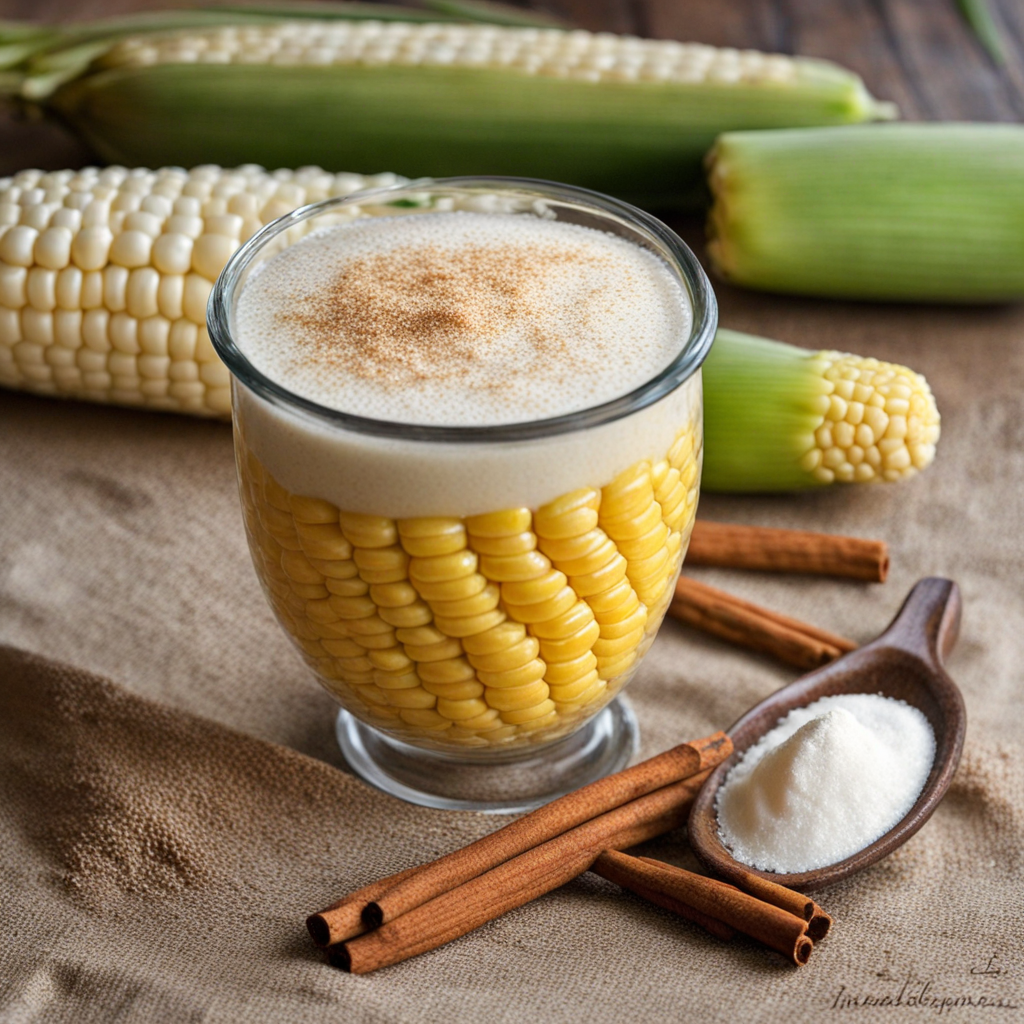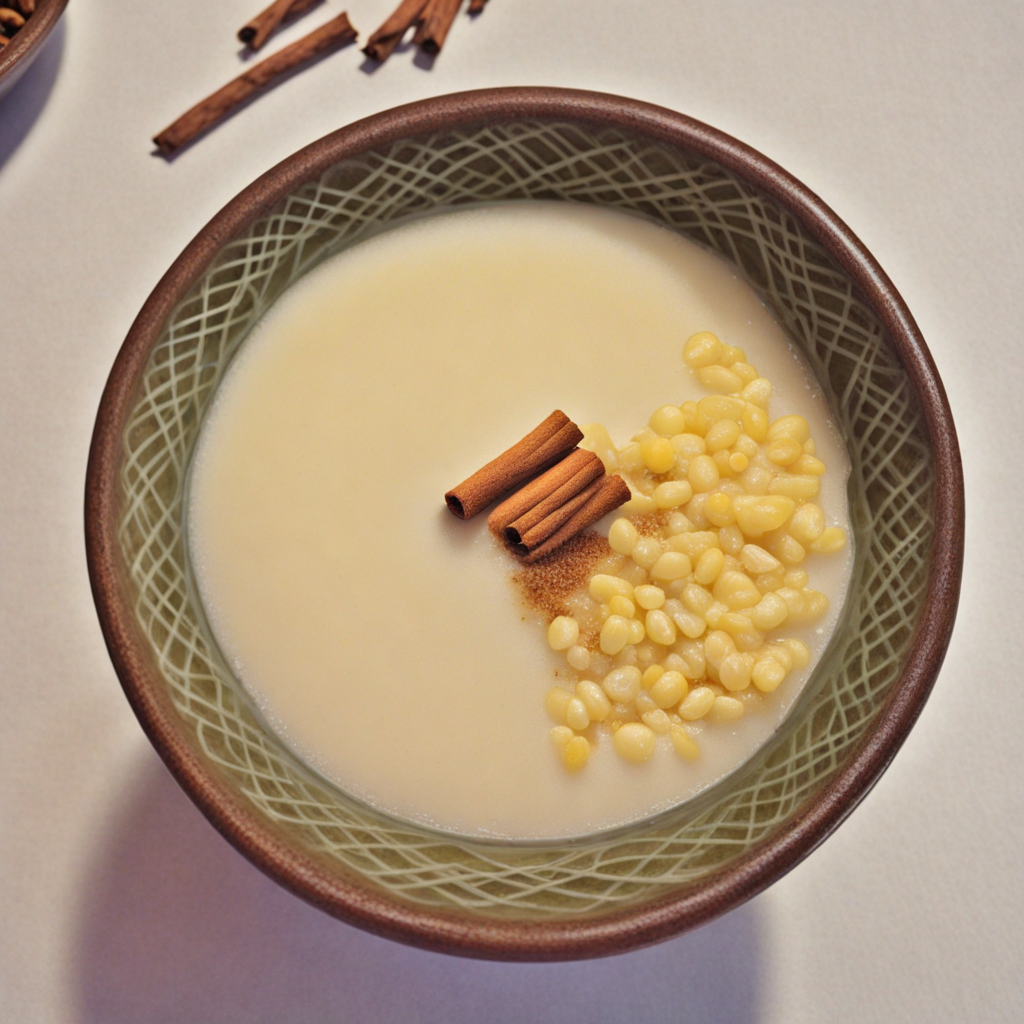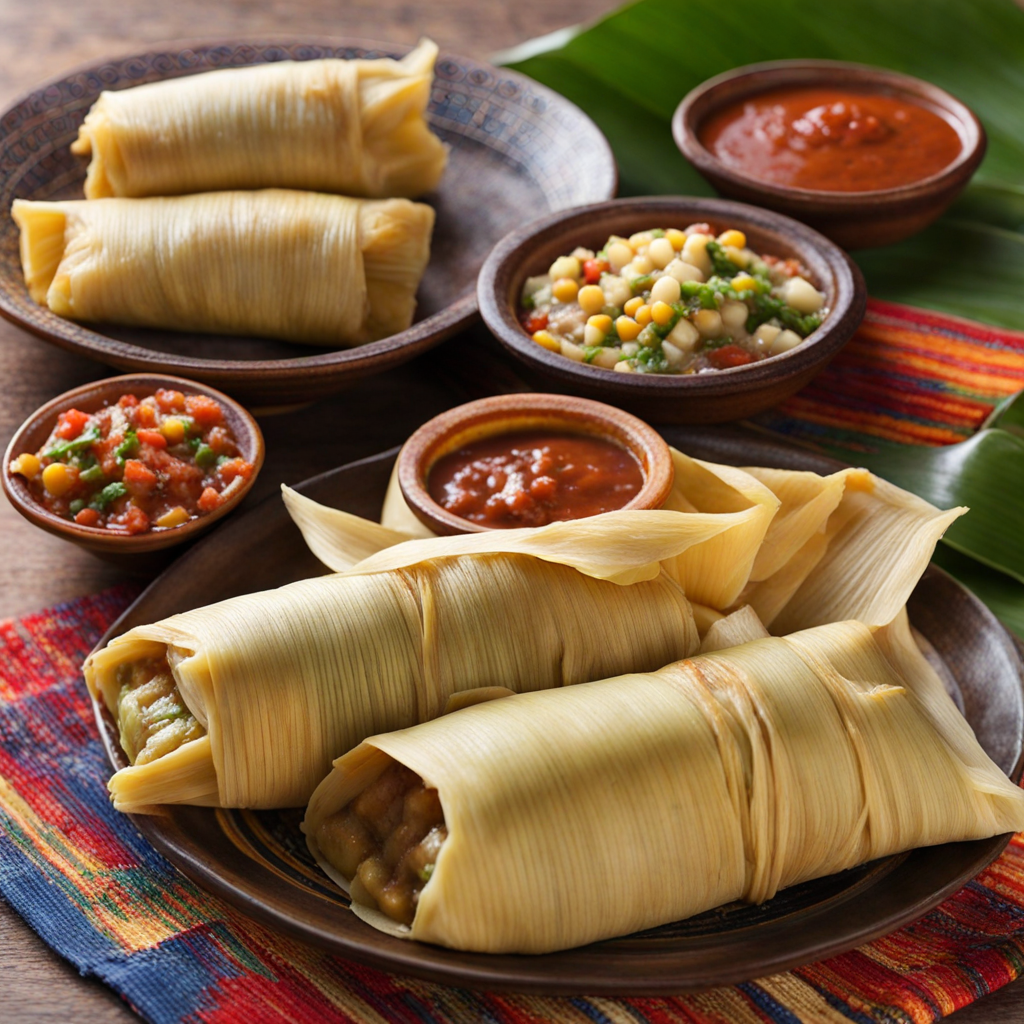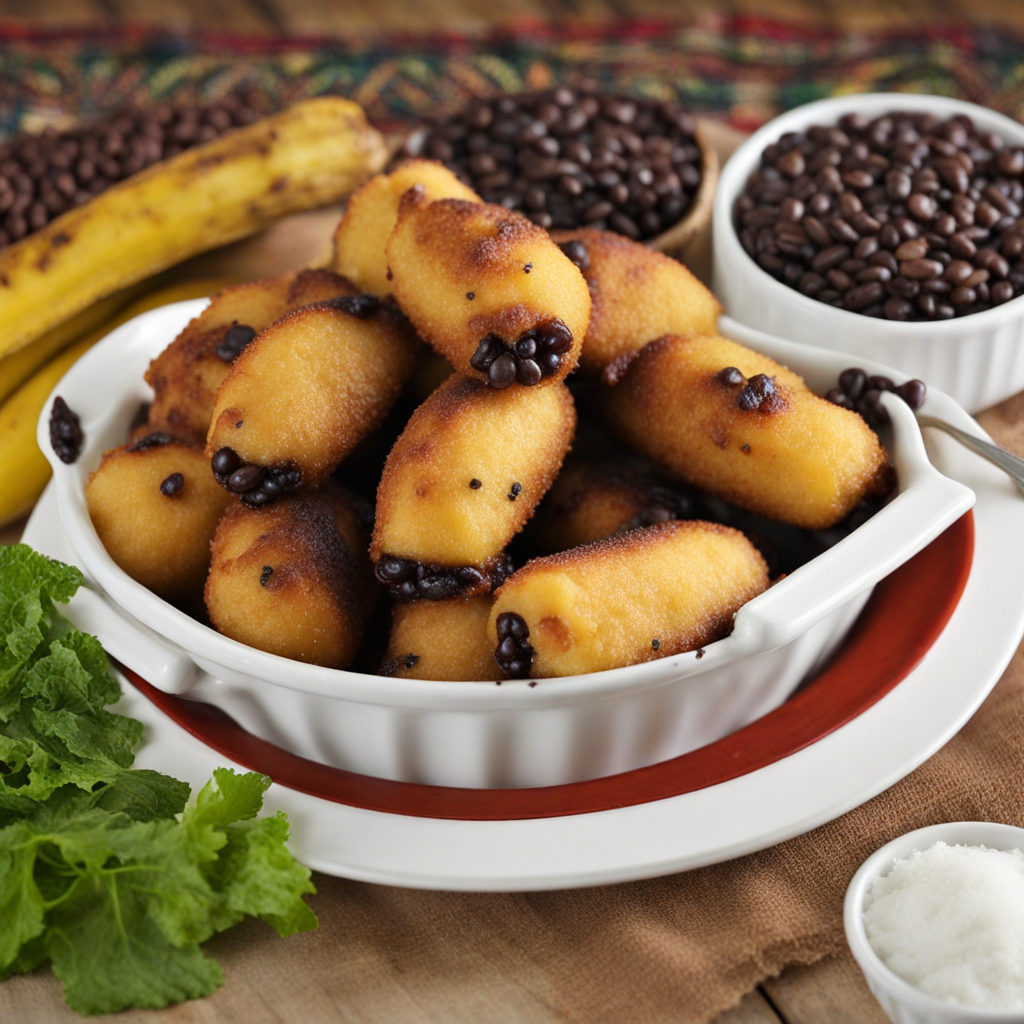Atol de Elote
Atol de Elote is a delightful traditional beverage from Guatemala that captures the essence of the country’s rich agricultural heritage. This warm, comforting drink is primarily made from fresh corn, which is a staple ingredient in Guatemalan cuisine. The corn is blended with water to create a smooth mixture, then cooked gently on the stove with the addition of milk, sugar, and a hint of cinnamon. The result is a creamy, sweet concoction that exudes a natural corn flavor, reminiscent of the fields where the corn is harvested, making each sip a warm hug for the soul. One of the most captivating aspects of Atol de Elote is its texture. The drink is thick and velvety, providing a satisfying mouthfeel that invites you to savor every drop. The sweetness of the corn melds beautifully with the creaminess of the milk, creating a harmonious balance that is both refreshing and indulgent. The light cinnamon adds a subtle warmth, enhancing the overall experience and making it an ideal beverage for cozy gatherings or chilly evenings. Atol de Elote is not only a treat for the taste buds but also a celebration of community and tradition. Often enjoyed during festivals and family gatherings, this drink embodies the spirit of togetherness in Guatemalan culture. Whether served as a breakfast option, an afternoon snack, or a dessert, Atol de Elote invites you to explore the flavors of Guatemala and embrace the heartwarming stories that come with each cup, making it a must-try for anyone seeking a new culinary adventure.
How It Became This Dish
The History of Atol de Elote: A Guatemalan Culinary Treasure Atol de elote, a warm, comforting beverage made from fresh corn, holds a cherished place in Guatemalan cuisine and culture. Its history is steeped in the rich agricultural practices of Mesoamerica, and it serves as a testament to the ingenuity and resilience of the indigenous peoples of the region. This delightful concoction, often enjoyed as a breakfast treat or a snack, encapsulates the flavors and traditions that have evolved over centuries in Guatemala. #### Origins of Atol de Elote The roots of atol de elote can be traced back to the ancient civilizations of Mesoamerica, particularly the Maya and Aztec cultures, which revered corn (maize) as a sacred crop. Corn was not just a staple food; it was a vital part of the spiritual and social fabric of these societies. The Maya believed that humans were created from maize, and it played a central role in their mythology, rituals, and daily life. The word "atol" itself is derived from the Nahuatl term "atolli," which refers to a drink made from corn, indicating that this tradition predates the Spanish conquest of the Americas. Various indigenous groups developed their own versions of atol, using different types of corn and methods of preparation. The basic process involves grinding fresh corn, mixing it with water or milk, and sweetening with sugar or cinnamon to create a warm, thick beverage. #### Cultural Significance Atol de elote is more than just a drink; it is a symbol of cultural identity and community in Guatemala. Traditionally, it is prepared with fresh corn, which gives it a unique sweetness and creamy texture. It is often enjoyed during special occasions, family gatherings, and festivals, making it an integral part of Guatemalan social life. In rural areas, the preparation of atol de elote is often a communal affair, where families come together to harvest corn and prepare the drink. This shared experience fosters a sense of togetherness and reinforces familial bonds. Additionally, it is commonly served during religious celebrations and traditional ceremonies, linking it to the spiritual practices of the people. Atol de elote also serves as a reminder of the agricultural heritage of Guatemala. The country is home to a diverse range of corn varieties, reflecting the rich biodiversity of the region. Corn holds deep cultural significance, and its cultivation is often associated with ancestral knowledge and sustainable practices passed down through generations. #### Development Over Time As Guatemala underwent significant changes through colonization, globalization, and modernization, so too did the preparation and consumption of atol de elote. The Spanish conquest in the 16th century profoundly altered the culinary landscape of Mesoamerica. New ingredients, such as sugarcane, chocolate, and cinnamon, were introduced, which influenced traditional recipes. These elements became incorporated into the making of atol de elote, enhancing its flavor and appeal. During the colonial period, the drink began to be associated with the lower classes, as it was a cheap and nourishing option for laborers. It became particularly popular among indigenous communities, who continued to prepare it in traditional ways, preserving their culinary heritage despite external pressures. In the 20th century, with the rise of urbanization and industrialization, atol de elote began to evolve further. Street vendors started selling the drink in urban centers, making it accessible to a broader audience. This commercialization introduced variations in preparation methods, with some vendors opting for pre-packaged corn flour instead of fresh corn. Despite these changes, the essence of the drink remained intact, and it continued to be a beloved staple among Guatemalans of all backgrounds. #### Modern-Day Atol de Elote Today, atol de elote is enjoyed by both locals and visitors to Guatemala. It is commonly found in markets, roadside stalls, and restaurants, where it is served hot and often accompanied by a side of tamales or pupusas. The drink's popularity has also spread beyond Guatemala's borders, with Guatemalan communities abroad seeking to preserve their culinary traditions by sharing atol de elote with a global audience. In contemporary Guatemalan culture, atol de elote is often associated with nostalgia and childhood memories. Many Guatemalans recall their mothers or grandmothers preparing the drink during family gatherings, creating a deep emotional connection to the beverage. This sense of tradition and homeliness continues to resonate, making it a cherished comfort food. Moreover, the modern culinary scene in Guatemala has embraced the drink, with chefs experimenting with new flavors and presentation styles. While traditional recipes remain popular, innovative twists on atol de elote are emerging, incorporating ingredients like chocolate, vanilla, or even tropical fruits to create unique variations. #### Conclusion Atol de elote stands as a testament to Guatemala's rich cultural heritage and the enduring significance of corn in the lives of its people. From its ancient origins to its present-day popularity, this warm, comforting beverage has evolved while maintaining its roots in tradition and community. As Guatemala continues to navigate the complexities of modernity, atol de elote remains a symbol of resilience, identity, and a deep connection to the land and its people. In a world increasingly dominated by fast food and convenience, atol de elote serves as a reminder of the importance of preserving culinary traditions and the stories that they tell. Whether sipped on a chilly morning or enjoyed during festive celebrations, atol de elote is more than just a drink; it is a celebration of Guatemalan culture, history, and the enduring legacy of maize.
You may like
Discover local flavors from Guatemala







